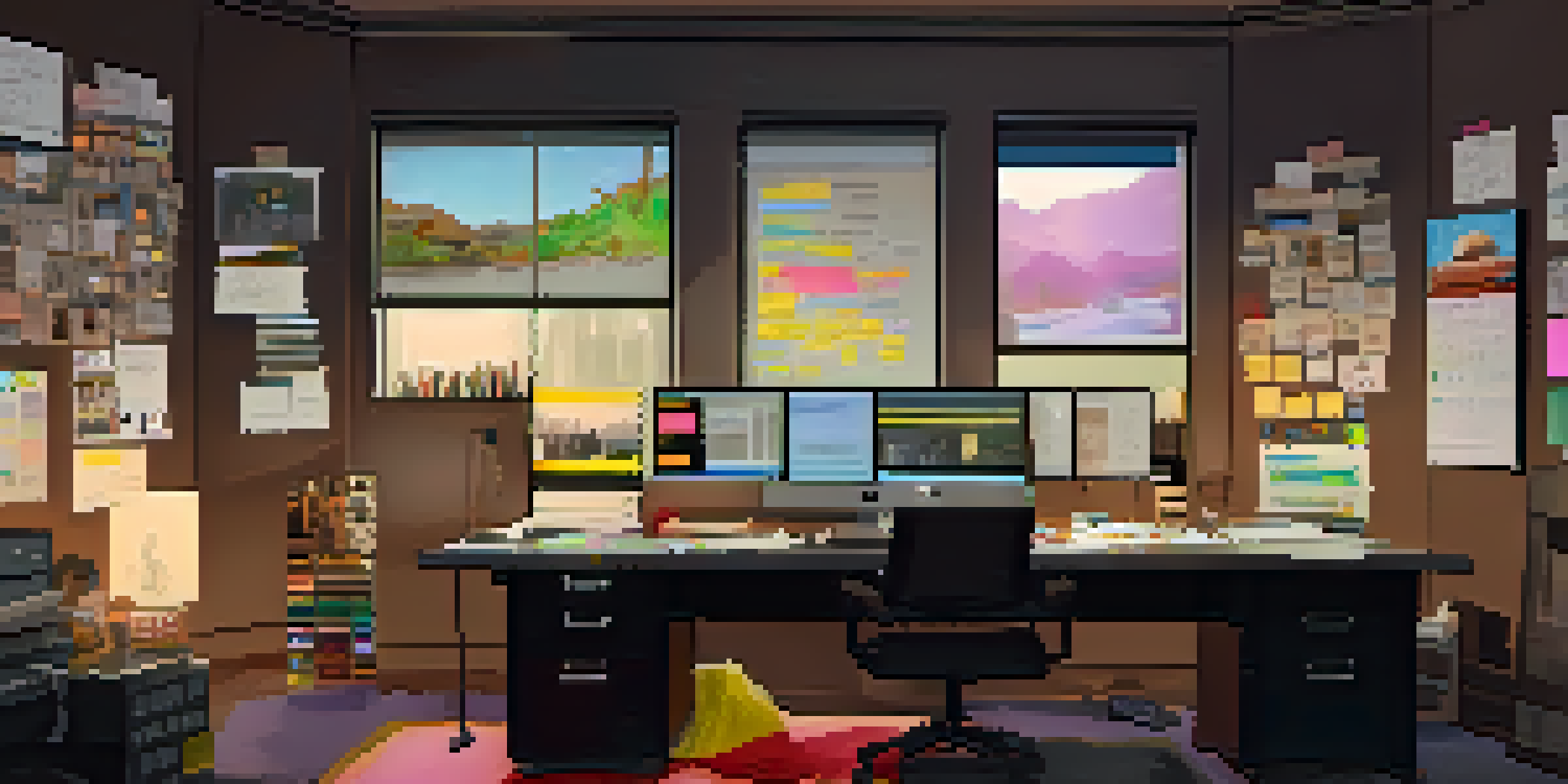The Impact of Editing on Film Genres and Their Styles

Understanding Film Editing: The Backbone of Cinema
Film editing is often dubbed the 'invisible art' because it shapes the narrative without drawing attention to itself. At its core, editing involves selecting and combining shots to create a cohesive story. This process not only determines pacing and flow but also impacts viewers' emotional responses. For instance, a rapid series of cuts can evoke excitement, while longer takes might create tension or contemplation.
How Editing Defines Genre: A Closer Look
Different film genres have distinct editing styles that help convey their unique characteristics. For example, action films typically utilize quick cuts to maintain high energy and keep audiences on the edge of their seats. In contrast, romantic films often employ slower cuts and longer takes to enhance emotional intimacy between characters. These editing choices guide the viewer's experience and shape their expectations.
Editing Shapes Film Narratives
Film editing is essential in shaping a cohesive story, influencing pacing and emotional responses without drawing attention to itself.
The Role of Editing in Building Tension and Suspense
Editing plays a crucial role in creating tension and suspense, especially in thriller and horror genres. Techniques such as jump cuts, cross-cutting between simultaneous actions, and strategic pacing can heighten anxiety and anticipation. Consider how a horror film uses a slow build-up followed by rapid cuts to deliver a scare. This manipulation of time and rhythm keeps viewers engaged and emotionally invested.
Editing Styles: From Classical to Contemporary Approaches
The evolution of editing styles reflects broader changes in filmmaking and audience expectations. Classical editing emphasizes continuity and clarity, ensuring that viewers can easily follow the story. However, contemporary films may embrace disjointed or non-linear editing to create a more immersive or thought-provoking experience. This shift not only challenges traditional norms but also allows filmmakers to express their artistic vision more freely.
Genre Dictates Editing Styles
Different genres employ specific editing techniques that enhance their unique characteristics and guide audience expectations.
Genre Blending: The Impact of Editing on Hybrid Films
As filmmakers experiment with genre blending, editing becomes a vital tool in navigating these hybrid styles. A film that combines elements of comedy and horror, for instance, needs careful editing to balance humor with suspense. The editor's choices can make or break the film's tone, ensuring that the transitions between genres feel seamless rather than jarring. This adaptability showcases the editor's crucial role in modern storytelling.
Cultural Influences: Editing Across Different Cinemas
Editing styles are often shaped by cultural contexts and traditions, leading to diverse approaches across global cinemas. For instance, Bollywood films frequently incorporate song-and-dance sequences, with editing that reflects a vibrant, fast-paced energy. In contrast, European films may favor a more contemplative style, allowing scenes to breathe. These cultural nuances enrich the cinematic landscape and offer audiences a variety of viewing experiences.
Cultural Contexts Influence Editing
Editing styles vary across cultures, reflecting diverse cinematic traditions and enriching the overall viewing experience.
Technological Advances: Shaping the Future of Film Editing
Recent technological advancements have transformed the landscape of film editing, making it more accessible and innovative. Tools like non-linear editing software allow editors to experiment with different cuts and styles more efficiently. This democratization of editing technology has led to the rise of independent filmmakers, who can now create compelling narratives without the need for a large budget. As technology continues to evolve, so too will the ways in which editing shapes film genres.
The Editor's Vision: Crafting a Film's Identity
Ultimately, the editor's vision is pivotal in crafting a film's identity, influencing its style and genre from start to finish. An editor collaborates closely with the director, ensuring that the final product aligns with the intended emotional and thematic goals. This partnership is crucial, as the editor must navigate the vast amount of footage to find the heart of the story. Thus, editing is not just a technical process; it's an art form that breathes life into the raw material.